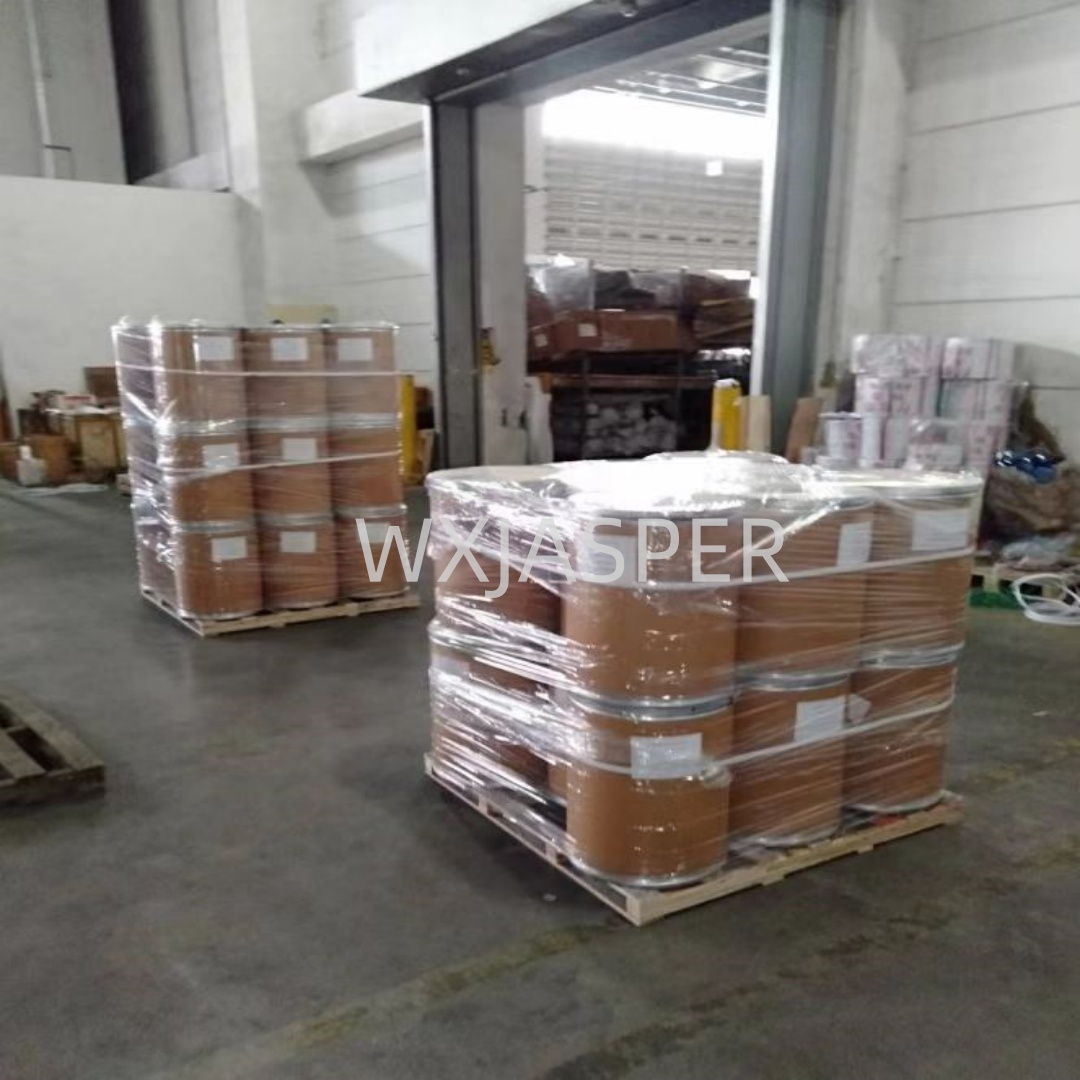Product Details
CasNo: 123-54-6
MF: C5H8O2
Appearance: powder
Delivery Time: 15 days
Packing: 200kg/drum
Purity: 99%
1. Basic Information
- CAS No.: 123-54-6
- Molecular Formula: C5H8O2
- Molecular Weight: 100.12
- Appearance: Colorless, freely flowing liquid at room temperature, with an ester-like odor; condenses into glossy crystals when cooled.
- Melting Point: -23℃
- Boiling Point: 138–140℃
- Density: 0.973–0.978 g/mL (at 20℃)
- Flash Point: 34℃ (closed cup; classified as a flammable liquid, requiring fire prevention measures)
2. Physical and Chemical Properties
2.1 Solubility
Miscible with ethanol, benzene, chloroform, ether, acetone, and glacial acetic acid; approximately 1 part of the product dissolves in 8 parts of water.
2.2 Chemical Properties
- Decomposes into acetic acid and acetone when reacted with alkali in the presence of water.
- Exhibits a deep red color when reacted with an aqueous ferric chloride (FeCl3) solution (a classic identification reaction for enol structures).
- Exists as a dynamic equilibrium mixture of two tautomers: the enol form and the ketone form. Under normal conditions, the enol form accounts for ~76% of the mixture, which contributes to its unique chemical reactivity (e.g., coordination with metals).
3. Applications
3.1 Pharmaceutical Industry
- Serves as a key intermediate for synthesizing fungicides (e.g., pyrimethanil, mepanipyrim) and herbicides (e.g., sulfometuron-methyl).
- Used in the synthesis of pharmaceutical derivatives such as 4,6-dimethylpyrimidine, which are applied in the development of antiviral and antibacterial drugs.
3.2 Industrial Sector
- Metal Extraction Agent: Efficiently separates trivalent and tetravalent metal ions (e.g., aluminum, iron, chromium) from aqueous solutions, widely used in mineral processing and metal purification.
- Drying Agent & Preservative: Added to paints and inks as a drying accelerator to speed up film formation; also used as a pesticide insecticide and fungicide for crop protection.
- Catalyst & Promoter: Acts as a catalyst in petroleum cracking, hydrogenation reactions, and carbonylation reactions; functions as an oxygen oxidation promoter to enhance reaction efficiency in chemical synthesis processes.
3.3 Analytical Testing
- Used as an analytical reagent:
- Colorimetric determination of iron (Fe3+) and fluorine (F−) (forms colored complexes for quantitative analysis).
- Determination of thallium (Tl) in the presence of carbon disulfide.
- Extraction agent for separating aluminum (Al3+) from tungsten (W) and molybdenum (Mo) samples, ensuring accurate detection of trace aluminum.
4. Safety Information
4.1 Toxicity
- Low toxicity, but harmful if inhaled, ingested, or absorbed through the skin.
- Irritating to the eyes and skin; symptoms of poisoning include headache, nausea, and vomiting.
- Acute toxicity data: Oral LD50 is 55 mg/kg for rats and 951 mg/kg for mice.
4.2 Fire and Explosion Hazards
- Highly flammable; its vapor can form explosive mixtures with air. Contact with open flames, high heat, or sparks may trigger combustion or explosion.
- Reacts with oxidizing agents (e.g., hydrogen peroxide, nitric acid) to generate heat or hazardous by-products, increasing fire risks.
4.3 Protective Measures
- Wear chemical-resistant gloves (e.g., nitrile gloves), safety goggles, and a vapor respirator (if working in poorly ventilated areas) during operation.
- Avoid using non-explosive electrical equipment in the workplace to prevent electrostatic sparks.
5. Packaging and Storage
5.1 Packaging
- Reagent Grade (Small Volume): Packaged in amber glass bottles (500 mL/bottle or 1 L/bottle) to prevent light-induced degradation and ensure purity (suitable for laboratory use).
- Industrial Grade (Bulk): Packaged in 25 kg metal drums (inner lining of epoxy resin to prevent corrosion and metal ion contamination) or 1000 L IBC tanks (high-density polyethylene inner liner, suitable for large-scale industrial supply).
5.2 Storage
- Store in a cool, well-ventilated warehouse; keep away from ignition sources and heat (ambient temperature should not exceed 30℃).
- Store separately from oxidizing agents, acids, and alkalis to avoid chemical reactions.
- Ensure containers are tightly sealed to prevent volatilization and moisture absorption (moisture may accelerate decomposition).
- Label clearly with "Flammable Liquid" and "Irritant" warning signs, in compliance with hazardous chemical storage regulations.
5.3 Transportation
- Classified as UN 1224 (Hazard Class 3: Flammable Liquids, Packing Group III).
- Use explosion-proof transport vehicles equipped with anti-static grounding devices; avoid severe collisions or exposure to sunlight during transportation.


